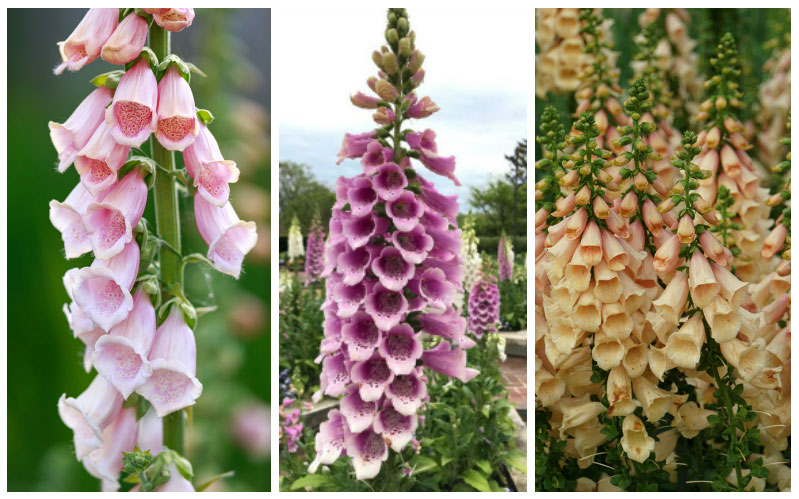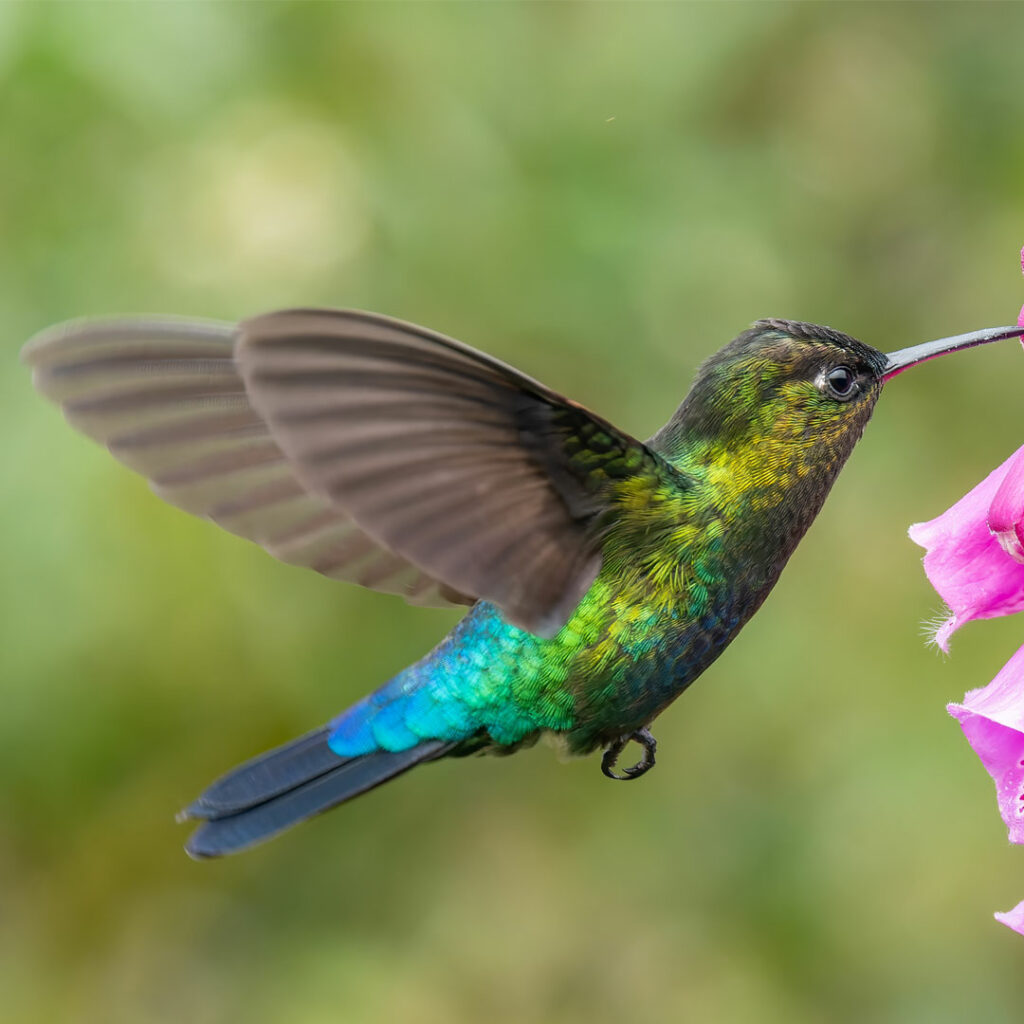
The Foxglove is a native plant found in much of the United States that is also commonly used in home landscapes. It can be grown as a perennial but in most cases, it is treated as a bi-annual or annual plant that self-reproduces every 1-2 years.
The tall flower spikes can come in a range of colors including shades of blue, white, and purple. The spikes bloom from the bottom up and it is known as a very prolific seed producer and spreader.
One common practice many home gardeners learn when growing the Foxglove is that of deadheading or removing blooms before they die and go to seed. The plant is so prolific with seeding that if deadheading is not done in a year or two every corner of the garden could become overrun with Foxgloves.
Details on how to remove spent blooms with deadheading follow here:
Should I Deadhead My Foxgloves?
Most experienced gardeners and landscapers are familiar with Digitalis or the Foxglove plant. It has long been used as a deadly poison but in today’s medical field it has uses in heart medication. These plants are biennial and bloom in the second year after spending the first year flushing out green growth. Removing the spent flowers can at times encourage reblooming if it is done early enough for there to be time for another flower spike to form. This practice also helps keep the garden looking bright and clean and keeps dead flowers and seeds from cluttering up the landscape. While there are some benefits to deadheading Foxgloves in your garden, they can just as easily be left alone to die and go to seed naturally.
How do I deadhead foxglove?
If you do decide to deadhead Foxgloves then you will want to keep a few important points in mind as you go:
- Cut the flower spikes back when 3/4 of the blooms have faded.
- Cutting off the tops of the spikes can at times encourage new flushes of growth.
- Cutting the spikes off totally can help remove dead flowers and prevent seeding.
- Use sterilized pruning shears to prevent transmitting plant diseases.
- Make sure the blades have been sharped so you get a clean cut when snipping.
- Take the flower stem and cut it off at the point you want with a 45-degree angle cut.
- The cut should be ¼ inch (0.5 cm.) above a set of leaves to encourage new foliage.
- It is best not to compost Foxgloves plants as they can grow into the compost easily.
- Flower stalks can be cut and placed in water but will generally not last very long.
- Keep in mind flower stalks form at different times so repeat deadheading is needed.
With these points in mind, you can enjoy the beauty of the Foxglove in your own gardens and keep them looking great throughout their growing and flowering seasons year after year.
It is important to remember that gardening in general is a type of art form. There is no real right or wrong answer to whether you should deadhead or not. It is totally a personal preference and whichever you choose these flowers are a great addition to your garden and landscape designs!







